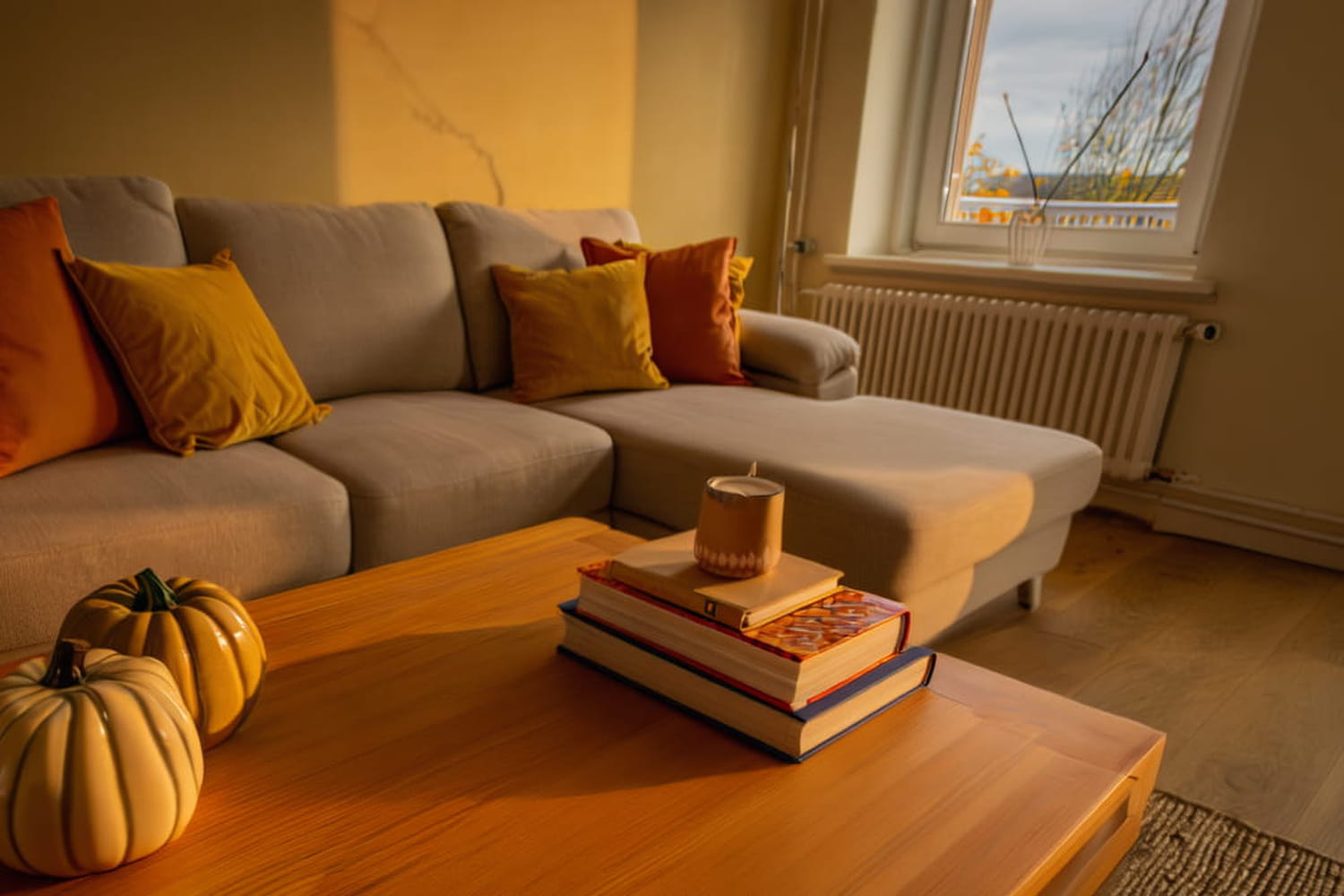Long used as a cover for poverty, the paneling nevertheless offers a second youth in decoration and can be easily revamped with a few brush strokes, whether on the wall or on the ceiling. Instructions for repainting and modernizing paneling.
Far from being out of fashion, paneling is meant to be trendy. Forget its old-fashioned side which gives your interior the look of a mountain chalet. Today, it has a resolutely modern look: in wood or PVC, it has even become a decorative element in its own right. And the good news is that it’s easy to paint. The paneling, or frieze, which sometimes still covers walls and ceilings, is now dressed in color or metallic reflections. Bleached, it brings softness, limed, a little warmth. Anything goes and a little paint is enough to transform and modernize it.
What paint to repaint paneling?
It all depends of course on the desired result and, in certain cases, on the condition of the support to be renovated.
Choosing a varnish
If you wish preserve the wood appearance and restore a little luster to your paneling, opt for a varnish, colorless or slightly tinted, or an interior stain which will also add a little touch of color. As a precaution, however, it is better to reserve for raw paneling or varnished with colorlessbecause a dark paint or varnish, even sanded, risks leaving marks on the wood that are difficult to camouflage.
Choose a paint
If, on the contrary, you wish hide the slatsprefer a painting, like a special wood paintmore covering. There are special paneling renovation paintsdesigned to adhere strongly to previously painted surfaces or to PVC paneling. On raw paneling, you can also use a classic multi-support paintingwhich works very well on materials such as pine or fir, which are easy to paint.
Choosing a whitewash
Less covering than a paint, but more opaque than a varnish, the whitewash offers a transparent finish which reveals the veins of the wood. White, or available in different colors, it gives this whitened, patinated, very trendy look. Here too, we reserve it for rather raw or varnished or painted paneling in light tones.
Painting paneling: the steps to follow
Step 1: prepare the support well
Raw paneling requires little preparation, just dust it off before applying the finish of your choice.
On wooden paneling already varnished, painted or stained, or PVC panelingstart by washing the surface to be painted (with a St-Marc type detergent), rinse well and let dry. Then sand with sandpaper (240 grit) and dust off.
On waxed or oiled panelingit is imperative to sand white to find a raw surface, because the material will not stick to a greasy material.
Step 2: apply the paint to the paneling
Whether with a varnish, a stain, a paint or a whitewash, for a uniform and long-lasting result, always apply two coats. Use a small filling brush for gaps, then a roller with medium-long naps (9 to 12 mm) for large areas. On PVC paneling, often located in a damp room or subject to water splashes, it is preferable to apply an undercoat for better adhesion.
Step 3: let dry well
To avoid surface blisters, respect the drying time between different layers of paint. Also be sure to let the material dry once installation is complete; allow at least 48 hours before reinstalling the part.
(Thanks to Anne-Laure Jacob, V33 group leader, for her advice.)









